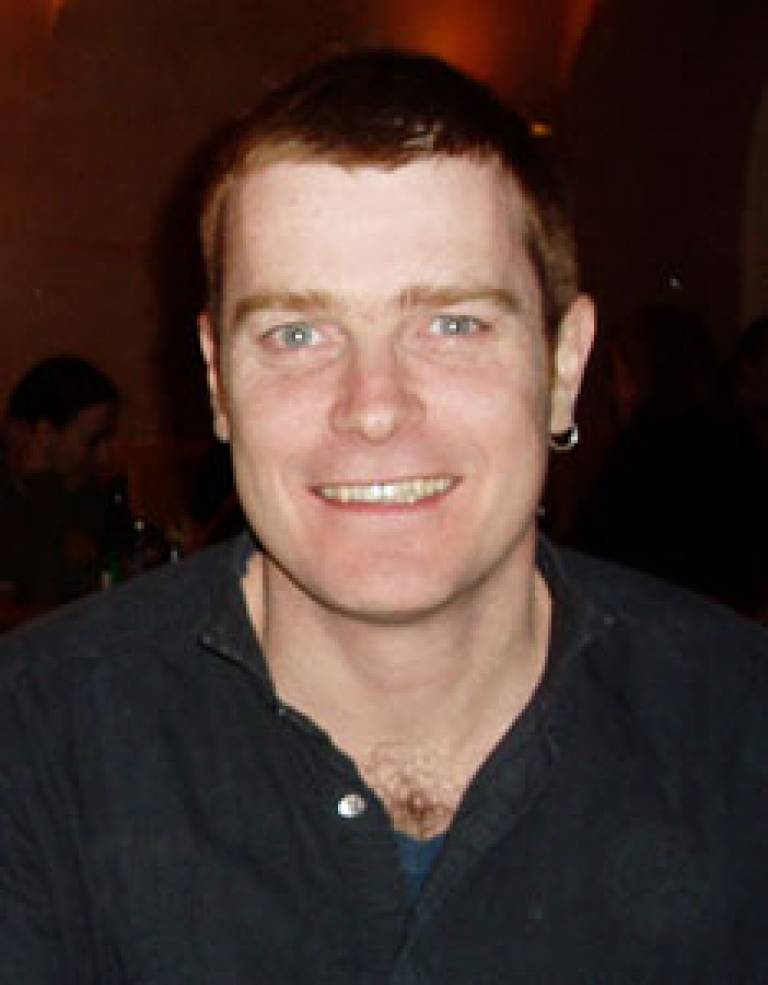Amoebas elucidate how drugs work
18 September 2006
An international group of scientists including Dr Robin Williams (UCL Biology/ UCL Wolfson Institute for Biomedical Research) has published research showing how a simple organism - the amoeba - can be used as model system in biomedical research.

The research, reported in the journal 'Trends in Molecular Medicine' (September 2006), counters the commonly held notion that animal cells are always necessary for effective biomedical research.
Comprising researchers from UCL, Germany and the USA, the team has shown the advantages of using the amoeba to examine a range of medical questions including: How does a human white blood cell move? How does cancer occur? What happens when a cell is infected by a pathogenic bacteria such as Legionella), and how do anti-cancer or psychiatric drugs work?
Many genes in the amoeba are similar to those found in humans, and in some cases, both amoeba and human cells behave in a similar manner, which is why amoeba are so effective for biomedical research, said Dr Williams.
Other advantages of using amoeba in biomedicine include the ability to easily knock out or to manipulate a gene - allowing researchers to work out what that gene does, and enabling them to identify genes that control the effect of drugs, and to grow large amounts of genetically altered amoeba for analysis.
The simple organism has an unusual life cycle. When a population of cells start to starve, up to 100,000 cells move together to form a simple multi-cellular organism about 1 mm tall. This behaviour has given rise to the name 'social amoeba', and it was these processes of cell movement and the formation of the organism that first attracted scientist's interest. But now it is increasingly being seen as a useful model for medical research.
Dr Williams explained: "We hope this article will stimulate more interest in the use of Dictyostelium as a biomedical model. By integrating this work on a very simple organism, with research using more complex systems, we are able to more rapidly understand how some biomedical processes work - and this may be of considerable benefit to a diverse group of medical researchers. Our research consortium hopes that by showing the benefits of this organism, other researchers will also adapt this social amoeba as a leading-edge biomedical model organism."
To read a full copy of the article 'Towards a molecular understanding of human diseases using Dictyostelium discoideum' or to find out more about Dr Williams, use the links at the bottom of the article.
Image: Dr Robin Williams
 Close
Close

